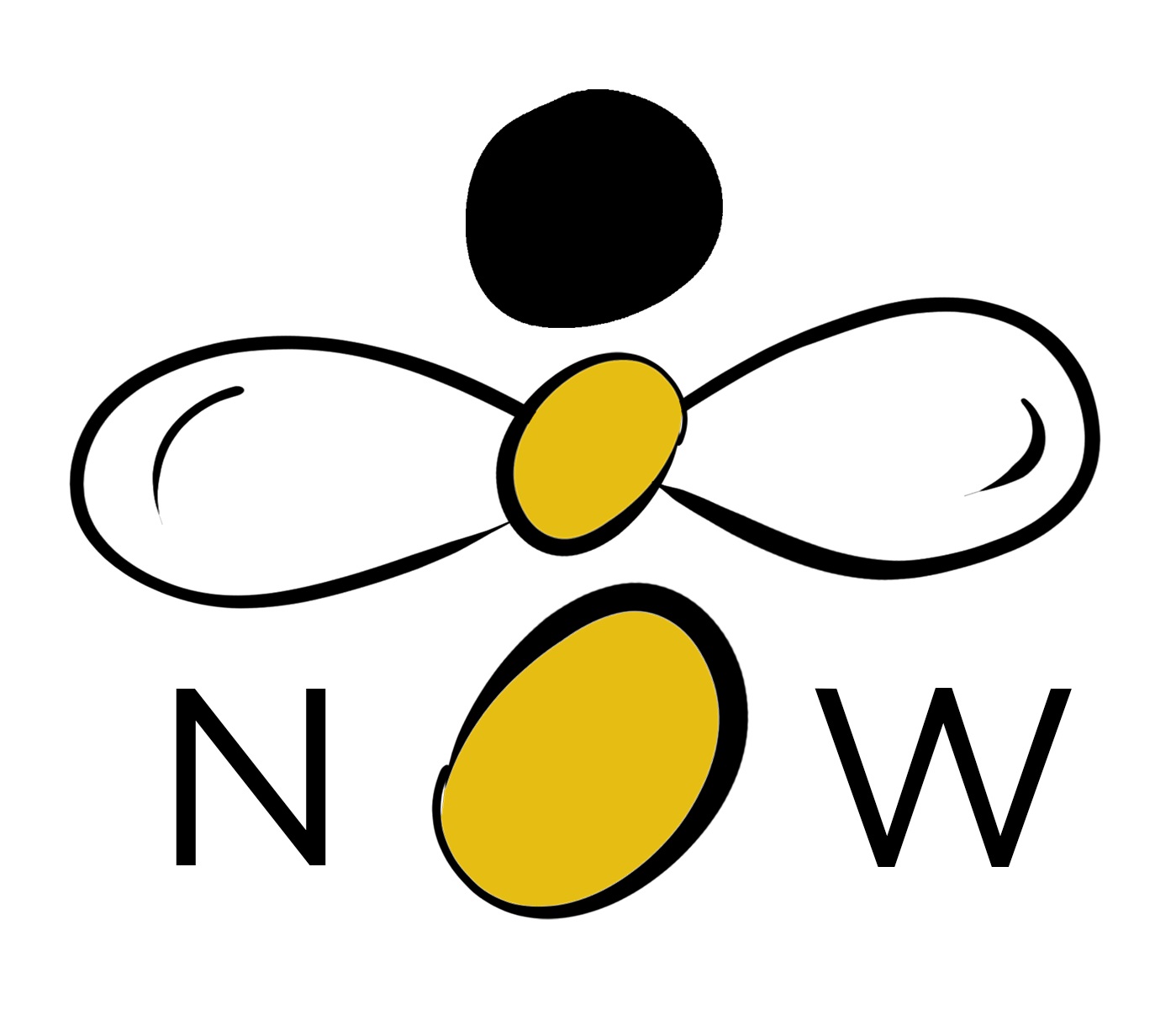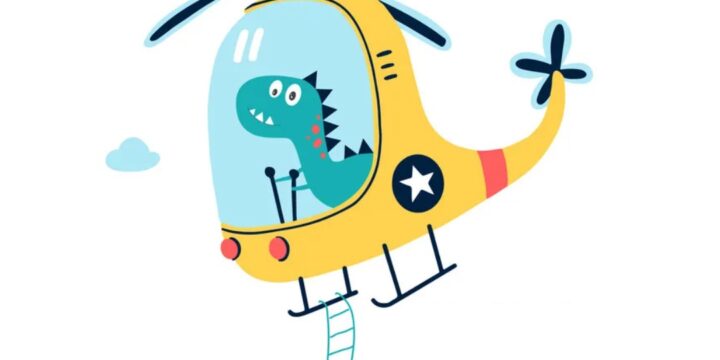The neuroscience of Transforming the Inner Critic
In the lively city of our minds, there's a persistent, naysaying resident we all know too well - the inner critic. This unwelcome inhabitant is a master of seeding doubt, magnifying flaws, and curbing our zest for life. Its voice echoes our deepest insecurities and perpetuates a cycle of self-doubt and inhibition. But where does this critic come from, and how do we transform its persistent whispers into a force for growth? The origin of the inner critic is rooted in our biology and early life experiences. The amygdala, a small almond-shaped part of our brain, acts as the sentinel, ready to respond to perceived threats with the familiar fight, flight, or freeze response. Over time, and often due to adverse childhood events, the amygdala can become hyperactive, sending out…

